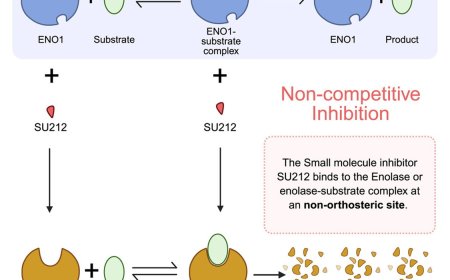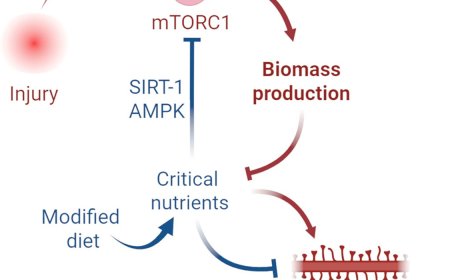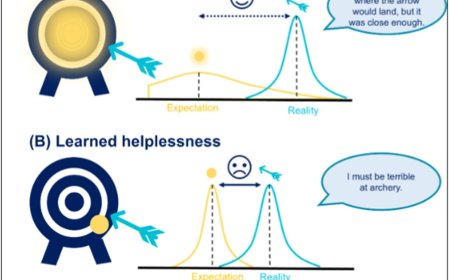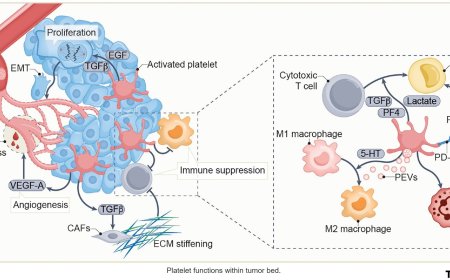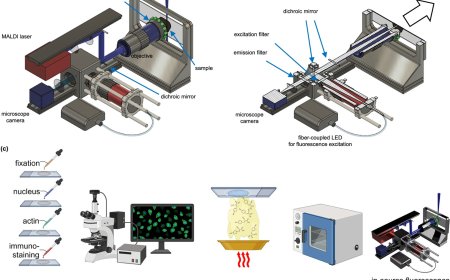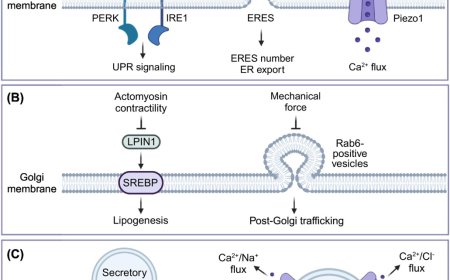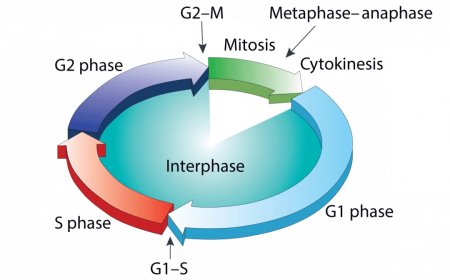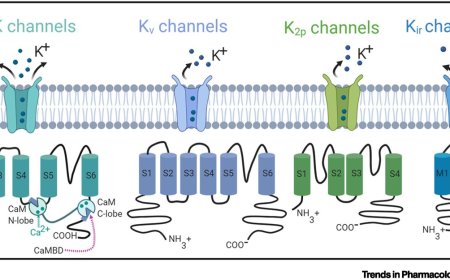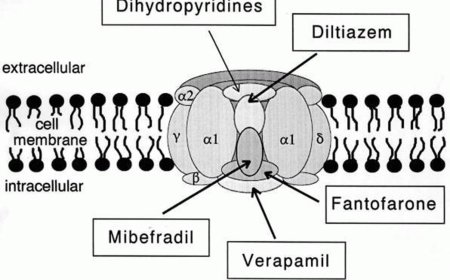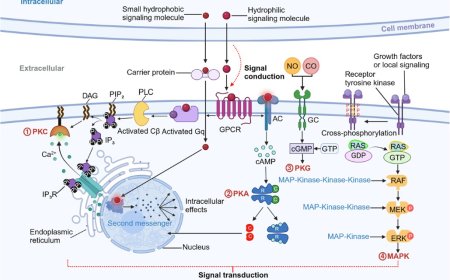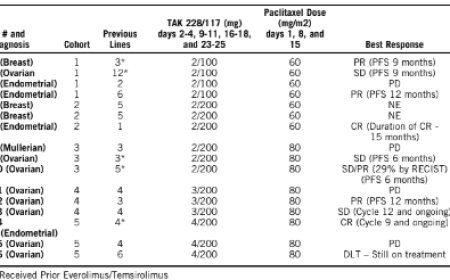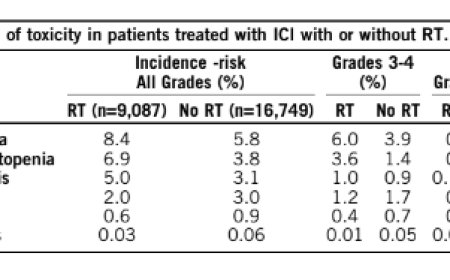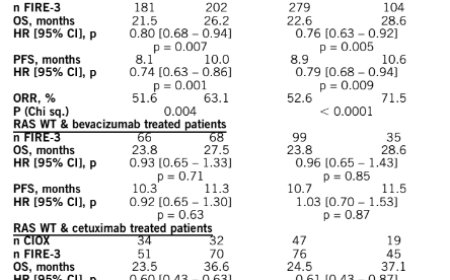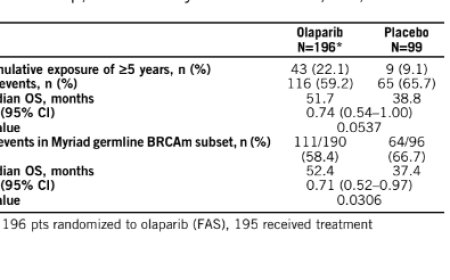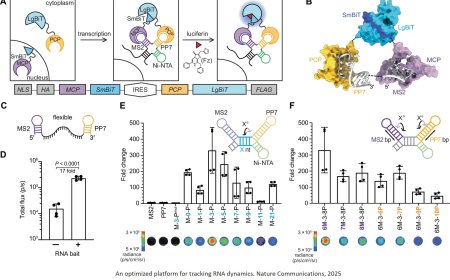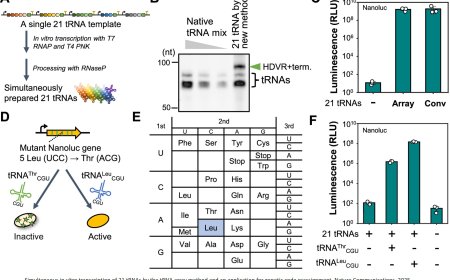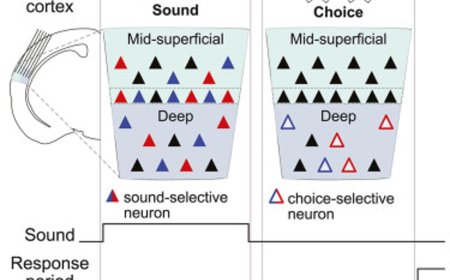Algorithm maps genetic connection between Alzheimer’s and specific neurons
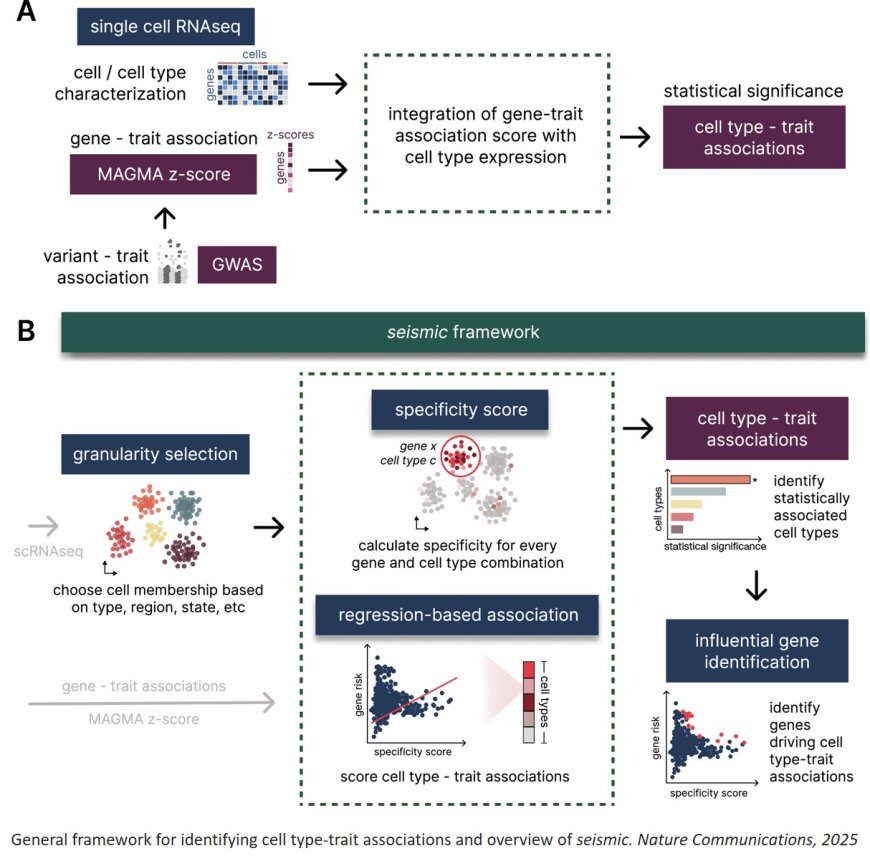
The number of people living with dementia worldwide was estimated at 57 million in 2021 with nearly 10 million new cases recorded each year. In the U.S., dementia impacts more than 6 million lives, and the number of new cases is expected to double over the next few decades, according to a 2025 study. Despite advancements in the field, a full understanding of disease-causing mechanisms is still lacking.
To address this gap, the researchers and collaborators have developed a computational tool that can help identify which specific types of cells in the body are genetically linked to complex human traits and diseases, including in forms of dementia such as Alzheimer’s and Parkinson’s.
Known as “Single-cell Expression Integration System for Mapping genetically implicated Cell types,” or seismic, the tool helped the team hone in on genetic vulnerabilities in memory-making brain cells that link them to Alzheimer’s ⎯ the first to establish an association based on a genetic link between the disease and these specific neurons. The algorithm outperforms existing tools for identifying cell types that are potentially relevant in complex diseases and is applicable in disease contexts beyond dementia.
The research, published in Nature Communications, helps unravel a long-standing contradiction in Alzheimer’s research: While genetic clues in patients’ DNA point to infection-fighting cells in the brain, i.e. microglia, as the cell type most robustly implicated in the disease pathology, patients’ brains actually tell a different story.
“As we age, some brain cells naturally slow down, but in dementia ⎯ a memory-loss disease ⎯ specific brain cells actually die and can’t be replaced,” said the first author on the study. “The fact that it is memory-making brain cells dying and not infection-fighting brain cells raises this confusing puzzle where DNA evidence and brain evidence don’t match up.”
The team’s investigation used computational methods to analyze existing genetic data in a new way. Their method integrates two types of large-scale biological data ⎯ genome-wide association studies (GWAS) and single-cell RNA sequencing (scRNA-seq), where GWAS analyze the human genome to find small differences in DNA that are shared among people with a certain disease or trait, while scRNA-seq measures which genes are active in tens of thousands to millions of individual cells, creating a detailed map of how cells differ at the molecular level.
Previous attempts to draw correlated insights from these types of data were difficult to scale and interpret and yielded less robust associations due to two main weaknesses: First, in terms of scRNA-seq, cell type resolution can be too broad and overgeneralize, missing critical detail such as brain region where the cells are located; second, in terms of GWAS, the genetic signal in large studies based on clinical diagnoses tends to overemphasize cell types that are more consistently affected, i.e. immune-related cells, drowning out other aspects of the disease.
“We built our seismic algorithm to analyze genetic information and match it precisely to specific types of brain cells,” the author said. “This enables us to create a more detailed picture of which cell types are affected by which genetic programs.”
The researchers tested the algorithm and found that it performed better than existing tools, identifying important disease-relevant cellular signals more clearly.
“We think this work could help reconcile some contradicting patterns in the data pertaining to Alzheimer’s research,” said another author. “Beyond that, the method will likely be broadly valuable to help us better understand which cell types are relevant in different complex diseases.”
